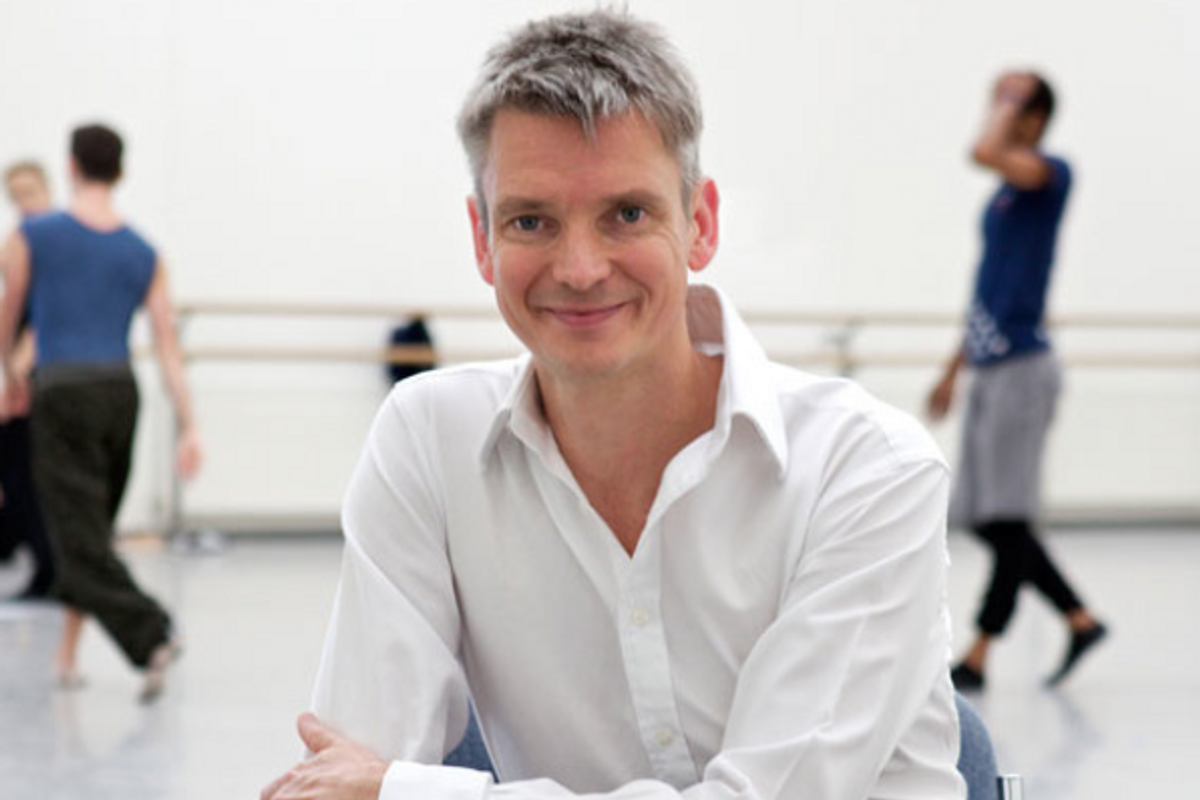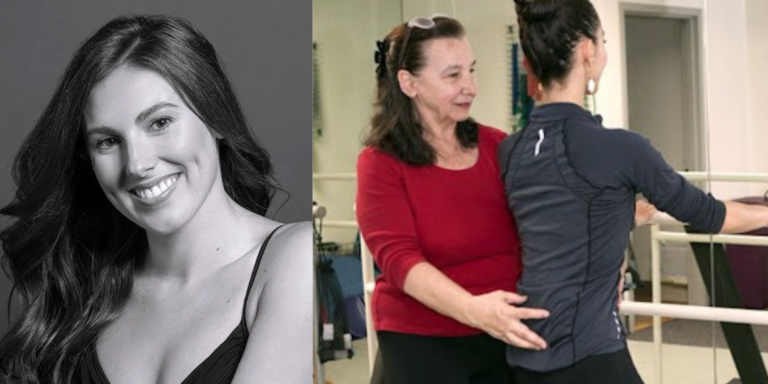
Ever since accusations of sexual harassment and abuse against New York City Ballet’s former ballet master in chief Peter Martins surfaced a few months ago, the dance world has been on edge. While NYCB’s investigation into those claims could not be corroborated, the turmoil it caused and its aftermath have forced opened ballet’s closet of skeletons. In a career that can be so rewarding yet so ruthless, certain aspects of dance culture are taking on a new light.
Many point to the power dynamics between dancers and artistic staff as one reason why artists are vulnerable to mistreatment. Mix job scarcity, intense competition and an extremely disciplined training regime with the fact that dancers are often just teenagers when they start their careers, and it’s easy to see how things can become skewed.
During my career, the majority of artistic leaders I worked with were wonderfully supportive mentors who knew how to temper high expectations with encouragement. But I’ve also been harshly yelled at, ignored and subjected to mind games by others. I’ve seen colleagues get treated poorly. And when those lines are crossed, you feel like you don’t have much leverage. Just yesterday, the Huffington Post detailed harrowing accounts from several former NYCB and Pennsylvania Ballet dancers. Each claimed extreme body shaming and verbal abuse by artistic staff, with one company going so far as to dictate the dancer’s method of birth control.
Can ballet’s culture change? So far, dancers and journalists have been leading the conversation. But yesterday, Scottish Ballet artistic director and CEO Christopher Hampson published an essay on the company’s website calling on fellow leaders to be more reflective. He notes that he’s seen talented artists “liberated” under the skilled guidance of coaches, directors and choreographers. “However,” he writes, “I have also witnessed dancers humiliated, harassed and threatened, sometimes overtly, but often covertly. This conduct is despicable and belongs in the past.”
Hampson notes that while he’s never been intentionally abusive to his dancers, there’s a larger issue at play:
When you are in a position of power and influence, it isn’t simply a question of whether you did or you didn’t, you do or you don’t. The questions should be: how do others perceive you and how does your leadership affect them? Do you inspire working practices that bring out the best in others? Through leadership, do you demonstrate fallibility and how to learn from mistakes, accepting that success is the sum of the work of many, not just one individual? To these questions, we should strive to answer ‘yes,’ always.
He goes on to praise today’s generation of young people, who have different expectations and will not tolerate mistreatment as other generations have. “Dancers today are not ‘behaving badly’, they are asking more of us as leaders,” he writes. “That’s a good thing and we should deliver.”
You can read Hampson’s complete essay here.




